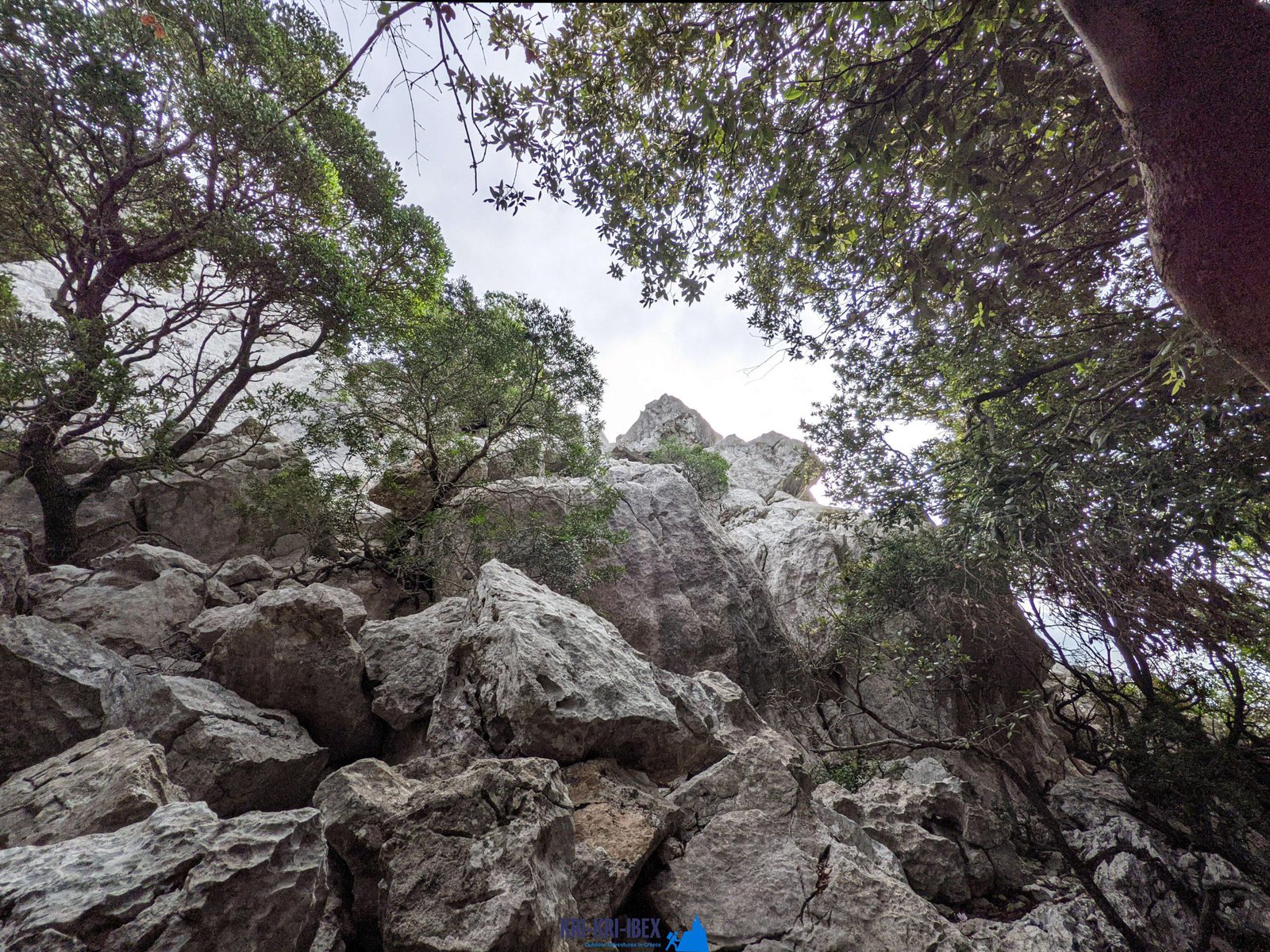
Searching for Kri Kri ibex in Greece is an outstanding hunting exploration and also wonderful vacation done in one. Ibex hunting is typically an extreme experience, however not in this situation! Dive to shipwrecks as well as spearfishing in ancient Greece, or take pleasure in ibex searching in an unique area are simply a few of the important things you could do during a week long ibex searching excursion in Greece. Can you consider anything else?

Hunting the kri kri ibex in Greece is a difficult task for both local and worldwide seekers. Searching large game in Greece is restricted for global seekers, other than swines and roe deer, which may just be hunted in protected hunting areas. The kri kri ibex, an uncommon goat types native to Greece, may be hunted on 2 different islands 140 miles east of Athens as well as 210 miles west of Athens. On these pursues, kri kri ibex and also mouflon may just be pursued in the early morning as well as very early mid-day, based on Greek legislation. Just shotguns are enabled, and also just slugs may be made use of. You must reserve at least a year in advancement if you desire to go on one of these tours. The licenses are offered by the Greek Ministry of Nature and also Agriculture and are issued by the government. Only significant seekers might join these hunts, so the licenses are restricted by the federal government.
Our exterior searching, fishing, as well as totally free diving trips are the best method to see whatever that Peloponnese has to use. These trips are designed for tourists that intend to leave the beaten path and also actually experience all that this unbelievable region needs to use. You'll reach go hunting in several of one of the most stunning wilderness areas in Greece, fish in crystal-clear waters for a range of various types, and also complimentary dive in a few of the most stunning coastline in the Mediterranean. And best of all, our skilled guides will certainly exist with you every step of the means to ensure that you have a pleasurable and also secure experience.
If you're seeking an authentic Greek experience, then look no further than our outdoor hunting in Greece with angling, and also cost-free diving trips of Peloponnese. This is an unforgettable method to see whatever that this outstanding region needs to use. Reserve your scenic tour today!
What is the diference between Kri Kri ibex, Bezoar ibex and hybrid ibex
The kri-kri is not thought to be indigenous to Crete, most likely having been imported to the island during the time of the Minoan civilization. Nevertheless, it is found nowhere else and is therefore endemic to Crete. It was common throughout the Aegean but the peaks of the 8,000 ft (2,400 m) White Mountains of Western Crete are their last strongholds–particularly a series of almost vertical 3,000 ft (900 m) cliffs called ‘the Untrodden’—at the head of the Samaria Gorge. This mountain range, which hosts another 14 endemic animal species, is protected as a UNESCO Biosphere Reserve. In total, their range extends to the White Mountains, the Samaria National Forest and the islets of Dia, Thodorou, and Agii Pandes.
This Ibex is NOT a diminutive form of the Bezoar Ibex, which has migrated into the western-most reach of the range of this species. The kri – kri (Capra aegagrus cretica), sometimes called the Cretan goat, Agrimi, or Cretan Ibex, is a feral goat inhabiting the Eastern Mediterranean, previously considered a subspecies of wild goat. The kri-kri has a light brownish coat with a darker band around its neck. It has two horns that sweep back from the head. In the wild they are shy and avoid tourists, resting during the day. The animal can leap some distance or climb seemingly sheer cliffs.
“The agrimi goat Capra aegagrus cretica is unique to Crete and its offshore islands. It has been identi®ed as a sub-species of the wild bezoar goat Capra aegagrus aegagrus Erxleben, 1777, which it closely resembles in horn shape, body form and coloration. This classi®cation has been disputed by some researchers who claim that the agrimi are feral goats, derived from early domestic stock brought to the island by the ®rst Neolithic settlers. In order to clarify this issue, DNA analyses (cytochrome b and D loop sequences) were carried out on tissue of live and skeletonized agrimi and compared to sequences of wild and domestic caprines. Results conclusively show the agrimi to be a feral animal, that clades with domestic goats (Capra hircus) rather than with wild Asiatic bezoar. This study demonstrates that morphometric criteria do not necessarily re¯ect genetic af®nities, and that the taxonomic classi®cation of agrimi should be revised.”